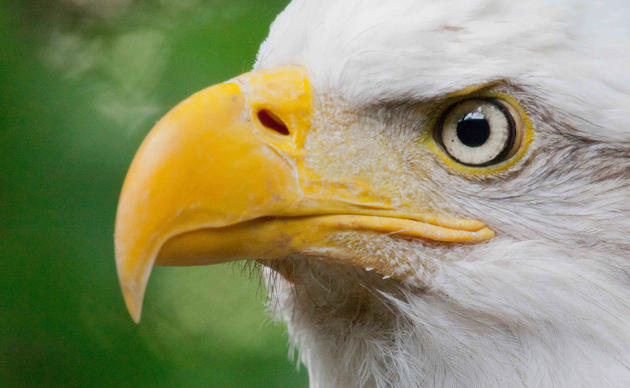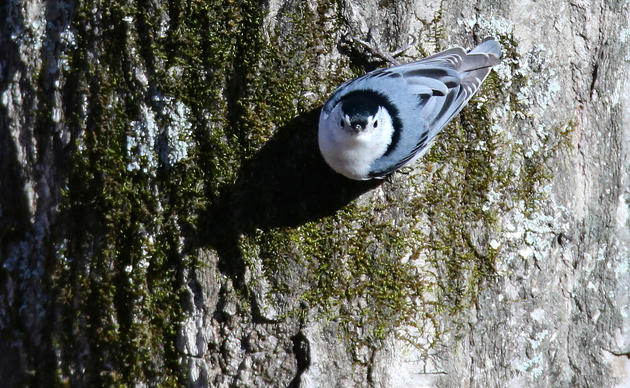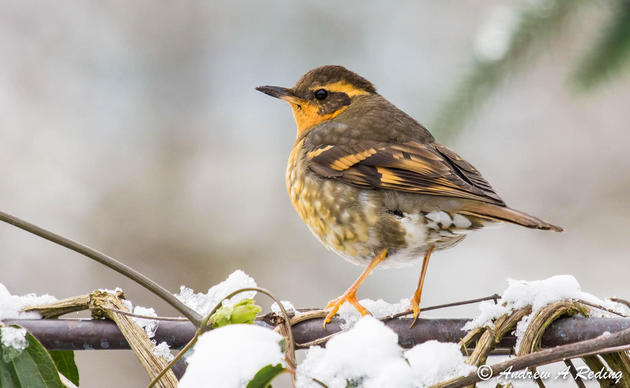The tidal wetlands, mudflats, riparian areas and open waters of areas like Fir Island in Skagit County and Skokomish Estuary in Mason County provide habitat for everything from the small but vocal marsh wren to the elegant Northern Pintail and owl-like Northern Harrier. People also flock to the areas for birding, hunting, nature photography, and scenic vistas. Many people appreciate the diversity of birds that occur in these places, but have you ever wondered how today’s bird sightings compare to what previous generations would have encountered? Or what the future might hold for seasonal visitors like Greater Yellowlegs?
According to the Puget Sound Partnership, 75% of Puget Sound’s major river delta estuaries have been lost or degraded. Protection and restoration actions associated with the Puget Sound Action Agenda, the state plan that charts the course for recovery in Puget Sound, have the potential to benefit birds. However, meaningful recovery of birds requires that we have a clear understanding of species status and trends, where and when they occur, and the environmental conditions and human pressures that influence their occurrence. This information is lacking for many species, and is a barrier to effective management and conservation in our region.
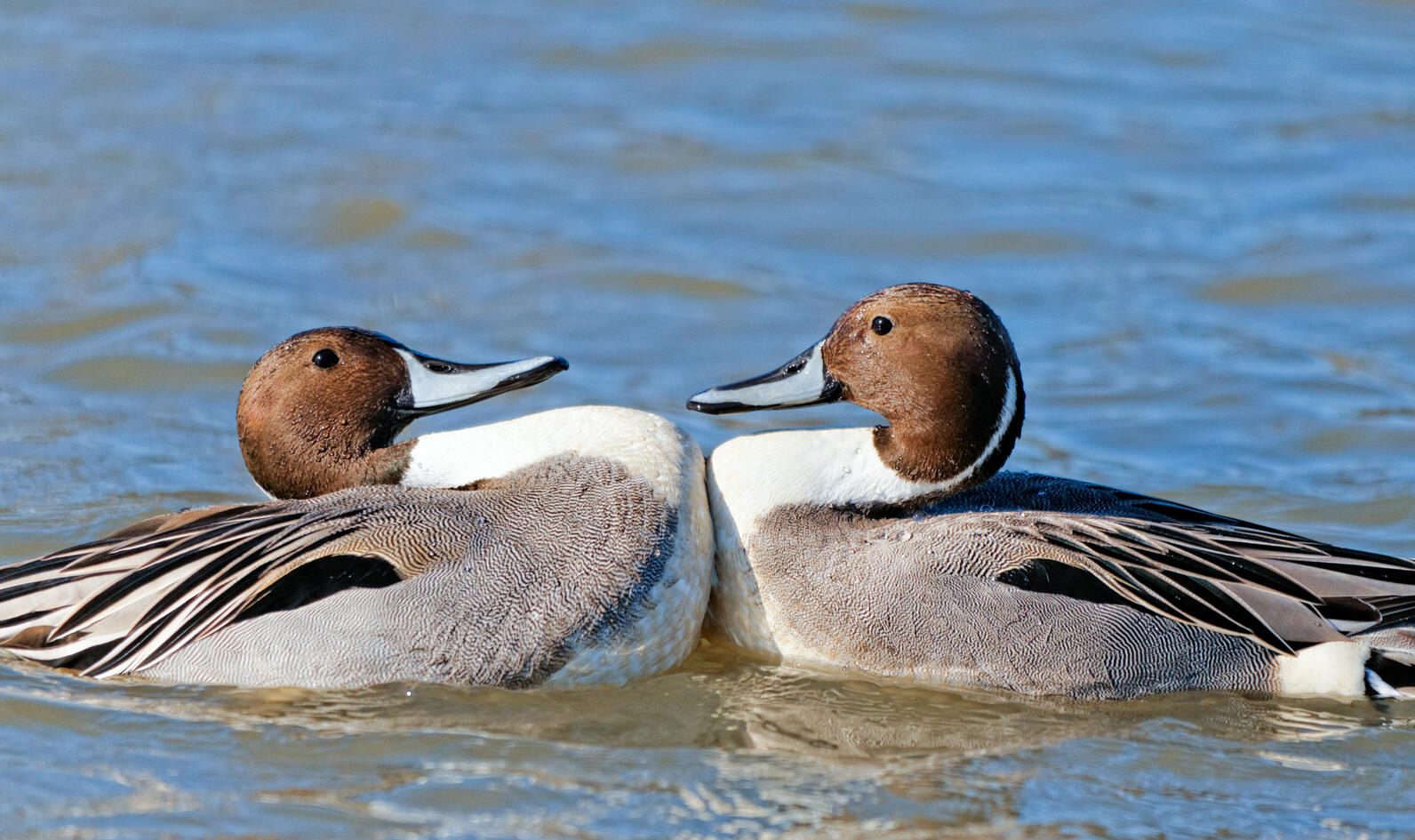
To address this problem, Audubon has worked in partnership with the Stillaguamish Tribe, WDFW and Ecostudies since 2016 to support the development of monitoring and management tools. Audubon Washington’s Director of Bird Conservation, Dr. Trina Bayard, returned to the field in recent weeks to meet with avian monitoring biologists around Puget Sound to get a first-hand look at the complexity and challenges of avian monitoring in estuary habitats.
“The dynamic nature of this system presents some incredible challenges for people studying estuary birds” explains Dr. Bayard. “The vegetation and food sources change across seasons, with some wetland plants dying back in the winter, and at the same time you have birds using different parts of the estuary depending on the tidal cycle, weather, or the presence of people or predators. Add on to that the fact that different species occur here across different seasons – some, like Dunlin are here for the winter, while Western Sandpipers largely pass through on their migratory journey.”
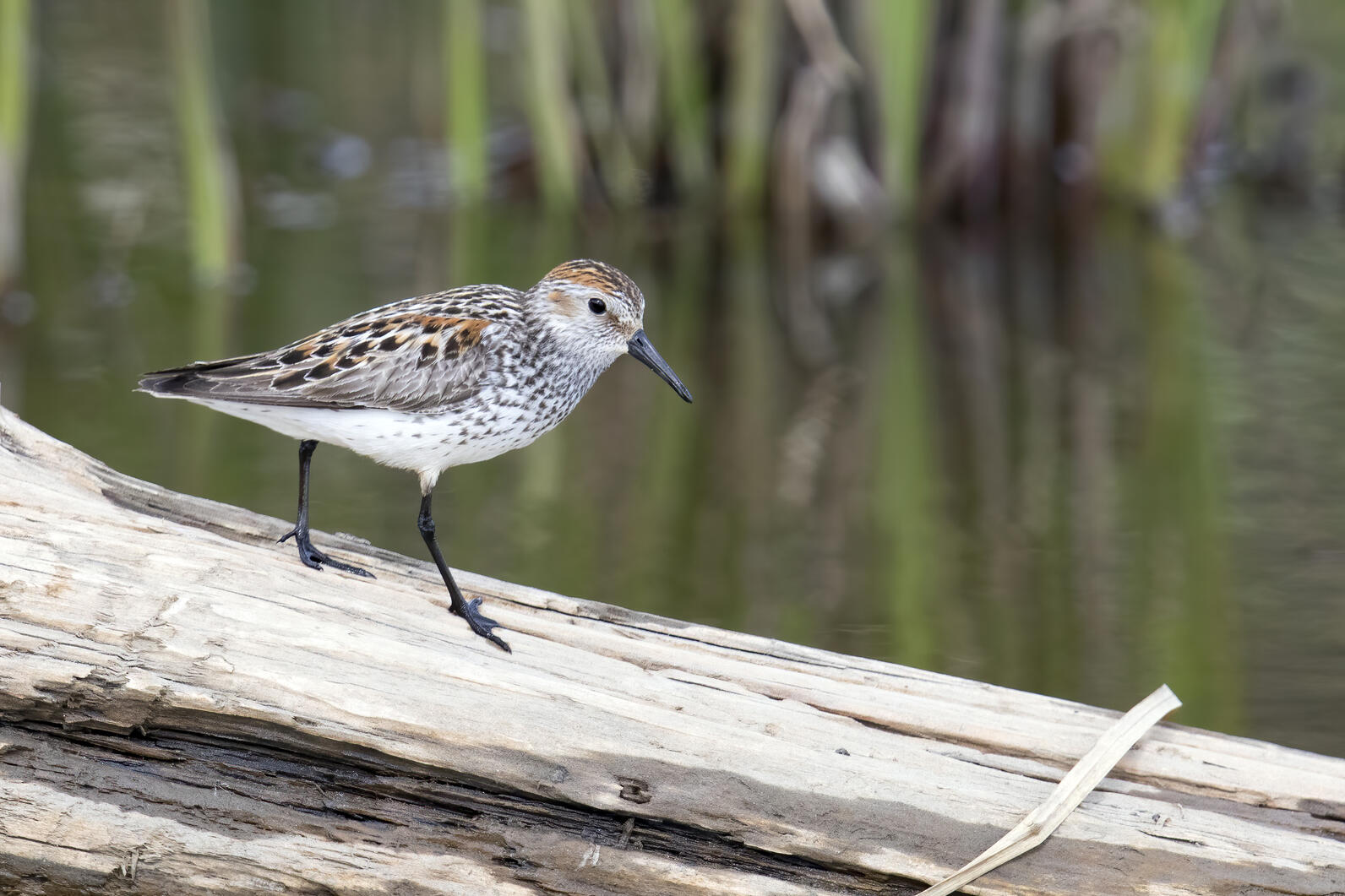
There’s no two ways about it - designing an approach to bird monitoring that is achievable, meets our information needs and can account for this complexity is a high bar. And yet it’s critical to our ability to recover and sustain bird populations in the Pacific Flyway. Learn more about this work here and explore our models of habitat suitability for estuary birds here.
Audubon Washington is grateful to our funders, including the Puget Sound Partnership and Stillaguamish Tribe, for funding in support of this vital work.






